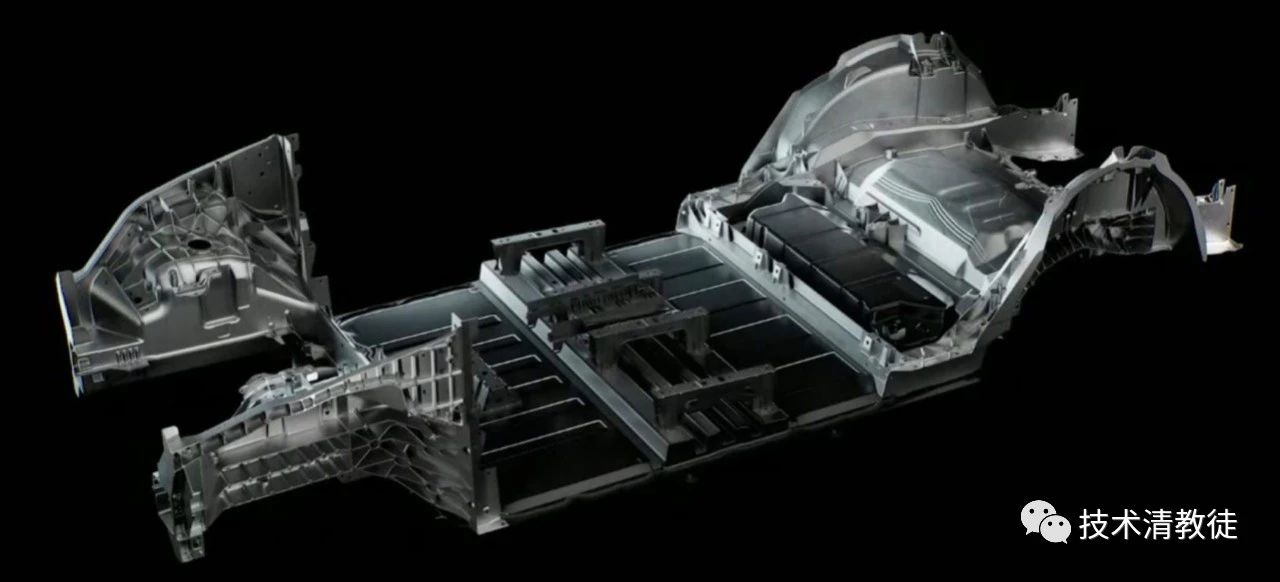Translation:
Article
The whole article is 2,051 words.
Expected reading time: 7 minutes.
As we all know, the workmanship of Tesla’s cars has always been unstable. The automotive industry believes that Tesla cannot achieve the “must-learn” of rigorous workmanship. So when the new Tesla owners complain about the workmanship of their cars, other car enthusiasts jokingly congratulate them on buying an “authentic” Tesla.
Since Tesla cannot even meet the industry standards, why does it still call its own factories the “GigaFactory super factory”? Why does Elon Musk always talk about the power of the super factory?
Let’s start with Tesla’s goal of building a super factory: everything is for improving production capacity, and production capacity is king.
Tesla’s sales have climbed from 70,000 when it launched the Model 3 affordable model in 2016 to 500,000, and it is expected to reach 800,000 to 900,000 this year. Elon Musk’s target for 2030 is to deliver 20 million cars a year, equivalent to one-quarter of global car sales. Therefore, it can be imagined that Tesla will face rapid ramp-up of production capacity for a long time to come. Therefore, the original intention of designing the super factory is to improve production capacity as much as possible.
However, improving production capacity means that everything must be fast enough, and to achieve the level of “rigorous workmanship” requires continuous adjustment of the assembly line to achieve perfect coordination between parts. Adjusting the production line may slow down the production speed, or even temporarily stop production to iterate on the process, part versions, or machine operation methods.
It can be said that it is difficult to achieve both improving production capacity and focusing on details at the same time. The principle of “slow work leads to fine work” also applies here. Elon Musk has also said in an interview that he would either buy a Tesla at the beginning or wait until the production capacity is stable before buying one. It’s like changing tires on a car that travels at more than 80 miles per hour.
Therefore, production capacity and workmanship can only be prioritized one after another. Production capacity should be prioritized first, and then workmanship. Therefore, the unstable workmanship of Tesla’s cars is the “active choice” of Tesla.
If Tesla were to stop exploring at this point, honestly, people might look down on Tesla. After all, choosing between fish and bear’s paw is a common person’s way of thinking, but Elon Musk is not an ordinary person. So Tesla’s team did not stop exploring. Is there a way to maintain both production capacity and workmanship? After years of relentless effort, Tesla has finally found a way to “hit a low dimension.”
First, let’s briefly understand the process of traditional car factories, which mainly involve stamping, welding, painting, assembly, and quality inspection.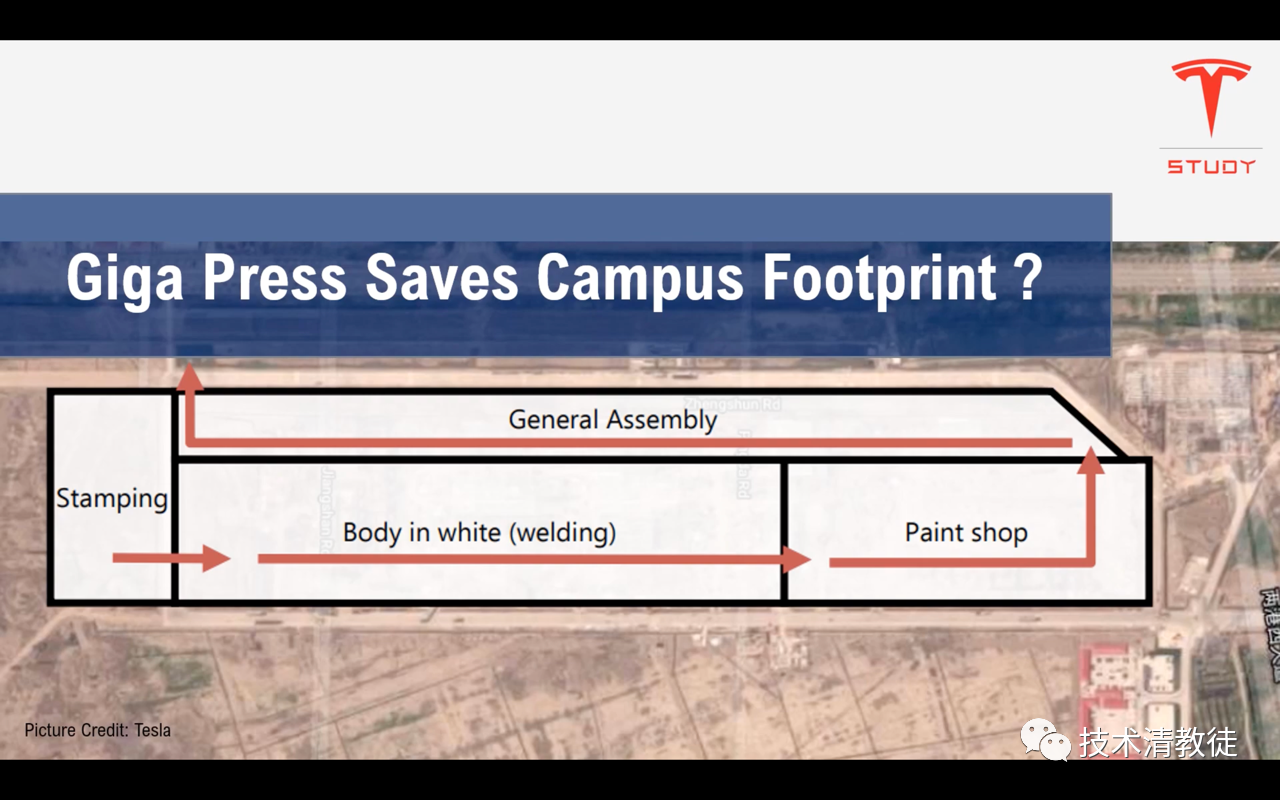
The stamping process widely used in automotive factories involves stamping steel sheets into various parts, which are then welded together by robots to form a complete chassis. Therefore, the overall accuracy of the chassis is not only affected by the stamping accuracy but also by the welding accuracy. However, the biggest problem is that the entire vehicle frame consists of hundreds or even thousands of parts, and the accumulated errors generated by these parts are the “bane” of perfect workmanship.
Taking Tesla’s Model Y as an example, the rear body is composed of more than 70 parts. If the qualified error of the stamping accuracy and welding accuracy of each part is +/-0.1mm respectively, the maximum “qualified” cumulative error obtained by simply adding them up would be at least 14mm. Thus, the qualified “seam” is large enough to fit a finger easily.
Therefore, stamping and welding are crucial to the workmanship of vehicles. Just like building skyscrapers, only by constructing on a good foundation can a building be erected without tilting.
To control errors, the best way is to reduce the cumulative error by reducing the number of parts. Tesla has thus transformed the more than 70 parts of the Model Y rear body into two large components that are integrated into one single mould, thanks to the giant 6,000-ton GigaPress.
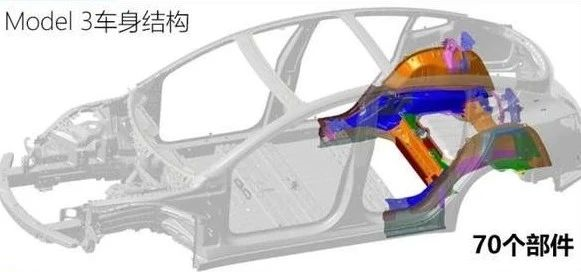
The GigaPress, capable of casting large-sized components, enhances the yield strength and reduces the weight of the rear body produced by die casting.
However, mass-producing the GigaPress is not easy, as traditional die casting technology requires long heating times after forming when, once the parts become too large, mass production cannot be achieved.
Therefore, Tesla’s material R&D department (which shares the materials team with SpaceX) has developed a new type of aluminum alloy specifically for the GigaPress to solve the “side effects” produced during casting of large parts.
Traditionally, the die casting process required 400 minutes of heat treatment after forming, but thanks to Tesla’s GigaPress, the rear body can be directly processed into machining without special heat treatment, saving more than 6 hours of heat treatment process.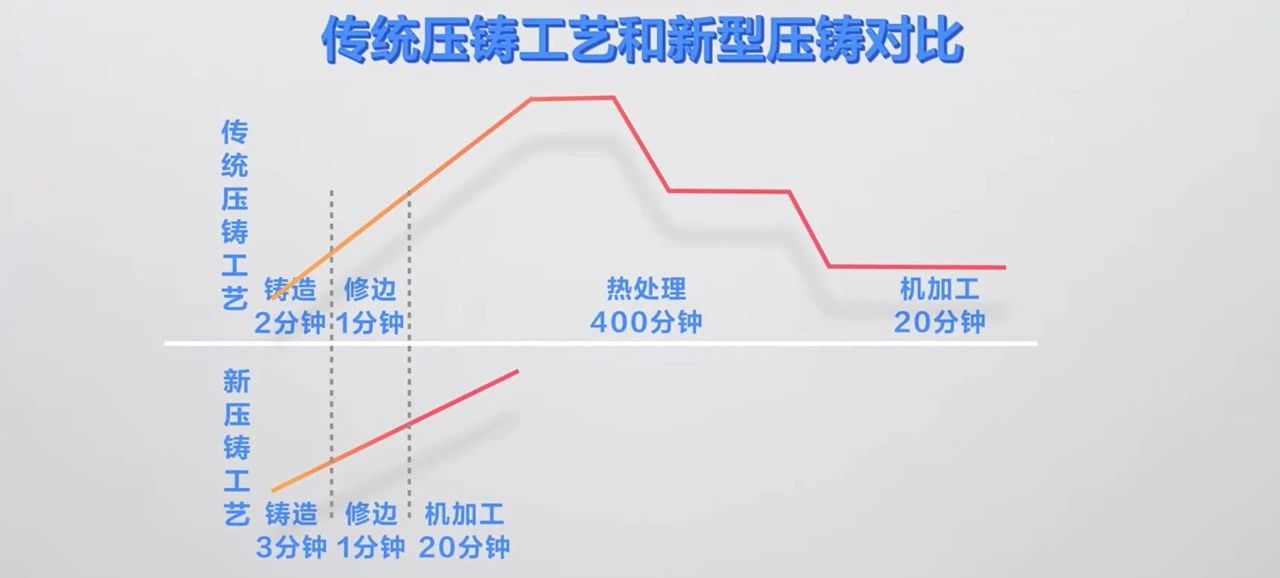
With a simple calculation, assuming that the operating time of one GigaPress is 24 hours a day with 30% of maintenance time, a yield rate of 90%, the annual production capacity of a GigaPress is 66,000 pieces ((365 * 24 * (1-30%) * 60/5) * 90%). Three GigaPresses at the Shanghai Gigafactory can provide a production capacity close to 200,000, which meets Tesla’s Q1 21 report planning for 200,000 Model Ys.
In reality, it’s often impossible to have the best of both worlds, but Tesla’s strategy of downgrading and attacking is equivalent to significantly improving product quality while rapidly increasing production capacity.
However, the advantages of GigaPress are not only reflected in the quality of component manufacturing and manufacturing efficiency. Elon Musk once said that three GigaPress machines can replace approximately 300 welding robots, greatly reducing the complexity of factory production line deployment and the need for subsequent maintenance of the machines.
As the Tesla Gigafactory in Texas is about to be completed, news that a fully formed front body has been cast by the GigaPress, allowing Tesla to complete the casting of the large-scale integrated front and rear bodies.
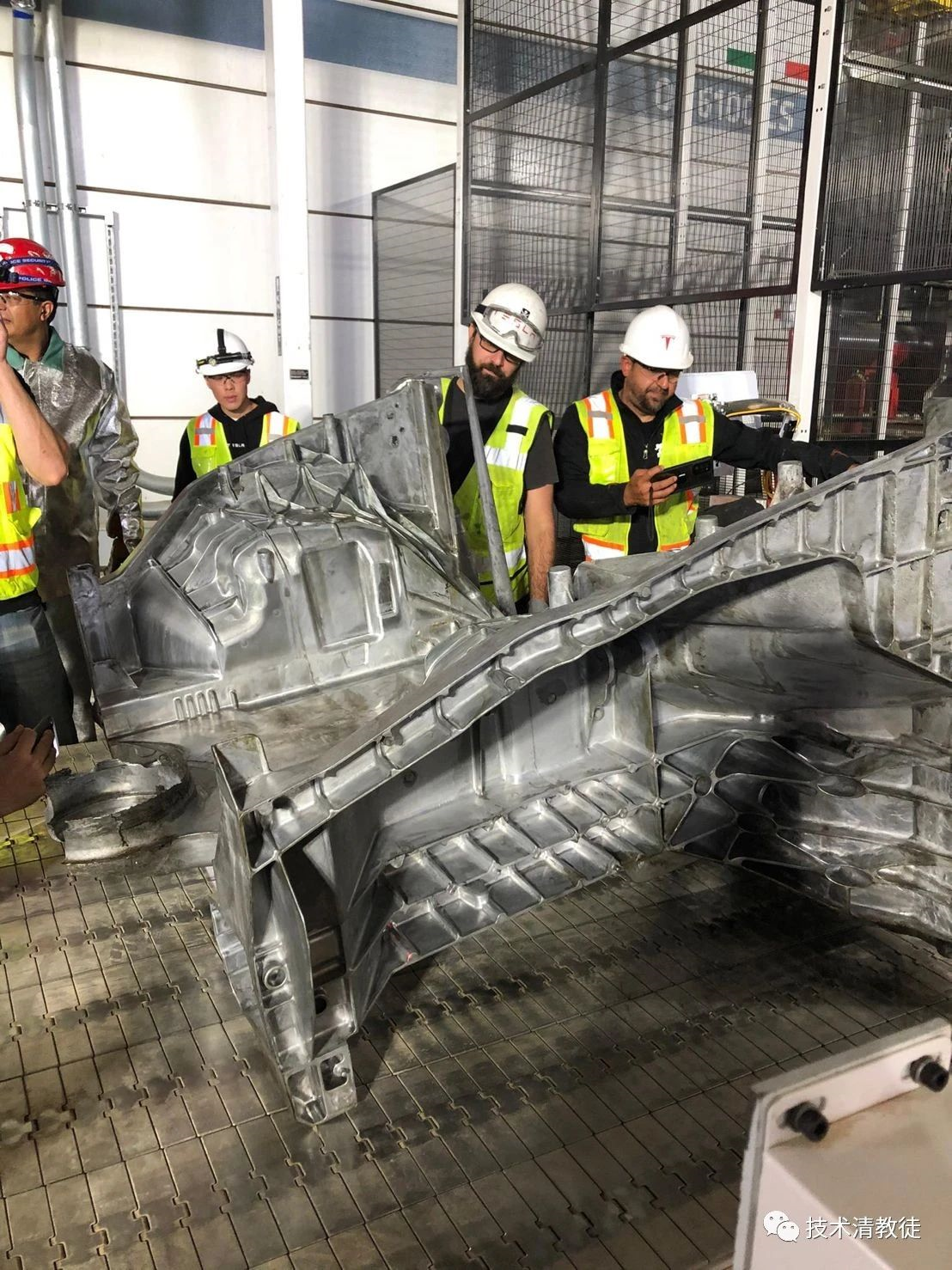
It’s believed that a fully formed chassis and other vehicle bodies will gradually be achieved very soon. Elon Musk said that with the help of GigaPress, future Tesla vehicles can be assembled like Lego blocks, with precision.
The principle of simplicity may be the backbone of Tesla’s ability to subvert tradition.
In an interview, Sandy Munro, a well-known engineering and manufacturing expert, was impressed by the performance of FSD Beta, which was being tested by Tesla in the United States. When he asked how many lines of code FSD had, Elon Musk said it was probably a few thousand. Sandy Munro was surprised, thinking it would take hundreds of thousands or even millions of lines of code to achieve such an effect. Then Elon Musk went on to say that he believed less code was better, and the less code there was, the less likely it was to fail and the more reliable it was to run. That’s why they’re working to reduce the amount of code.Indeed, the interior design of a car with a large screen follows the principle of “Less is more”, the manufacturing process of its components emphasizes on “Less is precise”, and the programming of autonomous driving adheres to the idea of “Less is safe”.
This article is a translation by ChatGPT of a Chinese report from 42HOW. If you have any questions about it, please email bd@42how.com.
